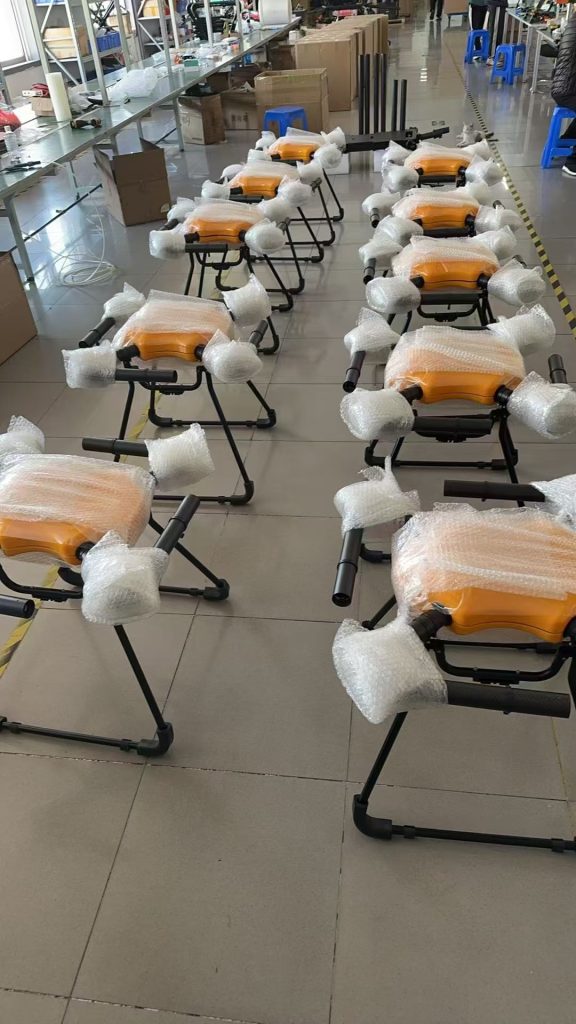
Poland has emerged as one of Europe’s leading agricultural nations, with its fertile plains, strong farming traditions, and strategic position within the European Union. From the vast grain fields of Mazovia to the potato and sugar beet farms of Wielkopolska, and the fruit orchards of Lower Silesia, Polish agriculture is a cornerstone of the national economy. However, the sector faces modern challenges: labor shortages, increasing environmental regulations, and the need to boost efficiency to remain competitive in global markets. Chinese agricultural drones are stepping in as a transformative solution, offering Polish farmers a powerful tool to enhance productivity, reduce costs, and meet sustainability goals.
Poland’s Agricultural Challenges: The Need for Innovation
Poland’s agricultural landscape is diverse, with a mix of large-scale commercial farms and smaller family-owned operations. While the country is a top EU producer of key crops, it faces several pressing issues:
-
Labor Shortages: Many rural areas in Poland are experiencing a decline in available agricultural labor, particularly for seasonal tasks such as spraying, planting, and harvesting. This labor gap threatens productivity, especially during critical windows.
-
Environmental Regulations: As an EU member state, Poland must comply with strict regulations on pesticide use, water protection, and soil health. Farmers are under pressure to reduce chemical inputs while maintaining yields.
-
Climate Variability: Unpredictable weather patterns, including heavy rains and early frosts, add complexity to crop management, requiring precise and timely interventions.
-
Rising Input Costs: Fertilizers, pesticides, and fuel have become more expensive, pushing farmers to seek more efficient application methods.
In response, Polish farmers are increasingly turning to technology, and Chinese agricultural drones are at the forefront of this transformation.
Why Chinese Drones? A Perfect Match for Polish Farming
Chinese agricultural UAVs have rapidly gained recognition for their advanced features, affordability, and adaptability to diverse farming systems. For Poland’s agricultural sector, these drones offer a range of benefits:
1. Efficient and Precise Crop Management
Chinese drones are equipped with cutting-edge technology that enables precise application of inputs, which is critical for Poland’s diverse crops, including wheat, potatoes, sugar beets, and fruits. Key features include:
-
Variable Rate Technology (VRT): Drones can apply fertilizers, pesticides, and herbicides at variable rates based on real-time crop data, ensuring optimal use and reducing waste.
-
High-Precision Spraying: Advanced nozzles and GPS-guided systems allow for accurate coverage, even in irregularly shaped fields common in Poland.
-
Multispectral Imaging: Drones equipped with sensors can monitor crop health, detect pest infestations, and assess soil conditions, enabling data-driven decision-making.
2. Labor Savings and Increased Productivity
With fewer workers available for seasonal tasks, Polish farmers are turning to drones to save time and labor. Drones can cover large areas quickly, performing tasks such as:
-
Rapid Spraying: Covering 10–15 hectares per hour, drones significantly reduce the time needed for pesticide and herbicide application compared to traditional methods.
-
Seeding and Fertilizing: Specialized drones can sow seeds and distribute fertilizers with precision, speeding up planting and nutrient application.
-
24/7 Operation: Unlike human labor, drones can operate in a variety of conditions, including early mornings and late evenings, maximizing efficiency.
3. Cost-Effectiveness for Farmers
Chinese agricultural drones are designed to provide high performance at a lower cost, making them accessible to both large-scale farms and smaller family operations. Benefits include:
-
Affordable Pricing: Competitive pricing allows Polish farmers to adopt advanced technology without significant upfront investment.
-
Reduced Input Costs: Precision application minimizes the use of fertilizers, pesticides, and water, lowering operational expenses.
-
Low Maintenance: Durable designs and efficient components reduce the need for frequent repairs and servicing.
4. Sustainability and Environmental Protection
Polish farmers are increasingly focused on sustainable practices to protect the environment and comply with EU regulations. Chinese drones support these efforts by:
-
Minimizing Chemical Runoff: Precise application reduces the risk of pesticides and fertilizers entering waterways, protecting aquatic ecosystems.
-
Reducing Carbon Footprint: Electric-powered drones produce zero emissions, contributing to Poland’s climate goals and reducing the environmental impact of farming.
-
Preserving Soil Health: By optimizing input use and reducing soil compaction (compared to heavy machinery), drones help maintain the long-term health of Polish farmland.
From China to Poland: Seamless Import and Local Support
Importing Chinese agricultural drones into Poland involves compliance with EU regulations, including CE marking, RED (Radio Equipment Directive) standards, and adherence to drone safety protocols. To ensure a smooth process, exporters work closely with Polish importers and distributors, offering:
-
Localized Training: Training programs for Polish farmers and technicians, covering drone operation, maintenance, and data analysis, often in Polish or with local support.
-
After-Sales Service: Reliable service networks in key agricultural regions, such as Mazovia, Wielkopolska, and Lower Silesia, providing maintenance, repairs, and software updates.
-
Customized Solutions: Tailored drone packages for Poland’s specific crops and conditions, including support for organic farming and precision agriculture technologies.
Success Stories: Early Adoption in Poland
Polish farmers who have adopted Chinese agricultural drones report significant benefits:
-
In Mazovia, a wheat and barley farmer reduced pesticide use by 25% while achieving more uniform coverage across his fields. “The drones are fast, precise, and save us a lot of time,” he said.
-
In Wielkopolska, a sugar beet farmer used drones for early-season monitoring, identifying pest risks before they became visible. “We were able to act quickly and protect our crop,” the farmer noted.
-
In Lower Silesia, a fruit orchard owner adopted drones for targeted spraying, reducing chemical use and protecting pollinators. “It’s a game-changer for sustainable farming,” she added.
A Strategic Partnership for Poland’s Agricultural Future
The adoption of Chinese agricultural drones in Poland represents a partnership between advanced technology and traditional farming. Polish farmers gain access to tools that enhance productivity, reduce environmental impact, and address labor challenges, while Chinese manufacturers benefit from feedback in one of Europe’s most dynamic agricultural markets.
As one Polish agronomist observed, “These drones are helping us modernize our operations while staying true to our commitment to sustainability and quality.”
Looking ahead, the use of Chinese agricultural drones in Poland is expected to grow, driven by ongoing advancements in AI, automation, and eco-friendly technology. These UAVs will play an increasingly important role in ensuring that Poland’s agricultural sector remains competitive, sustainable, and resilient in the face of global challenges.
For Polish farmers seeking to modernize their operations while meeting EU standards, Chinese agricultural drones offer a smart, practical, and forward-thinking solution. The skies above Poland’s fields are no longer just a backdrop—they’re the next frontier for smarter, more sustainable farming.
THE END

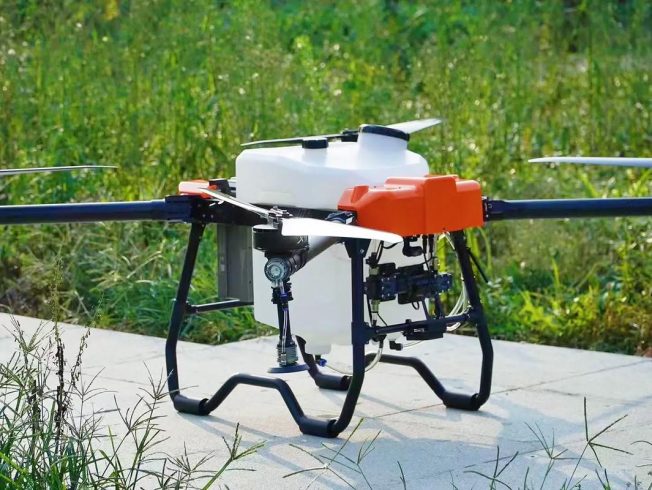
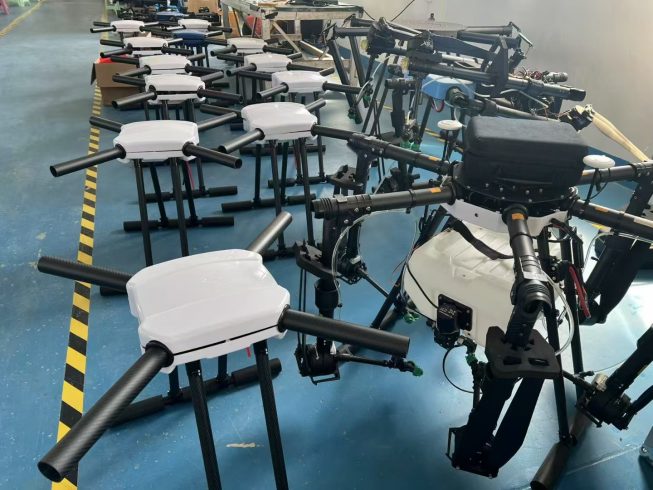
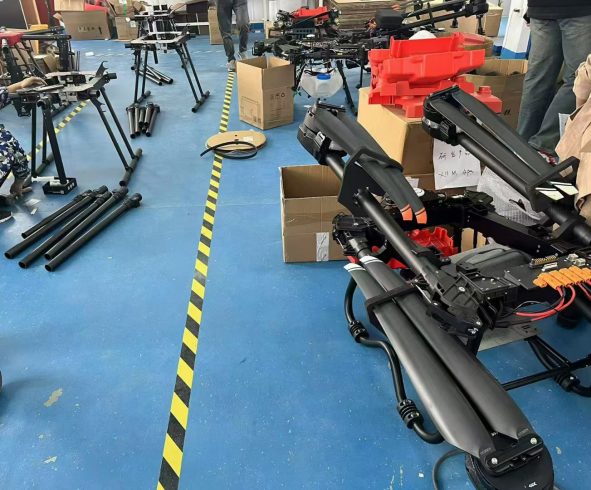
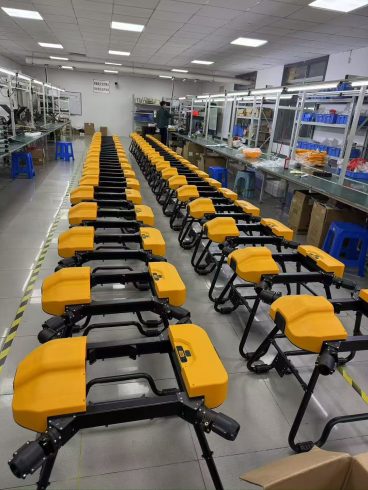



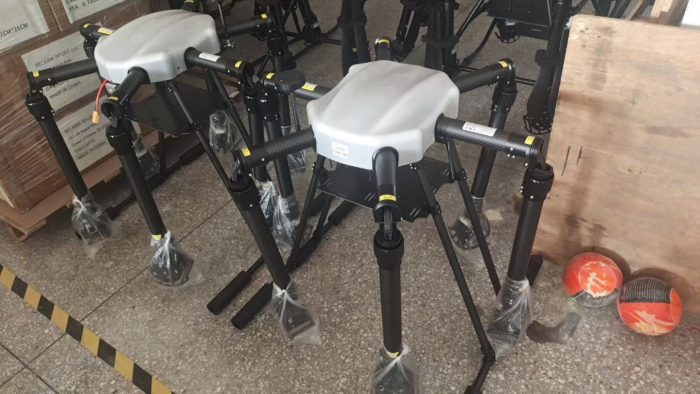
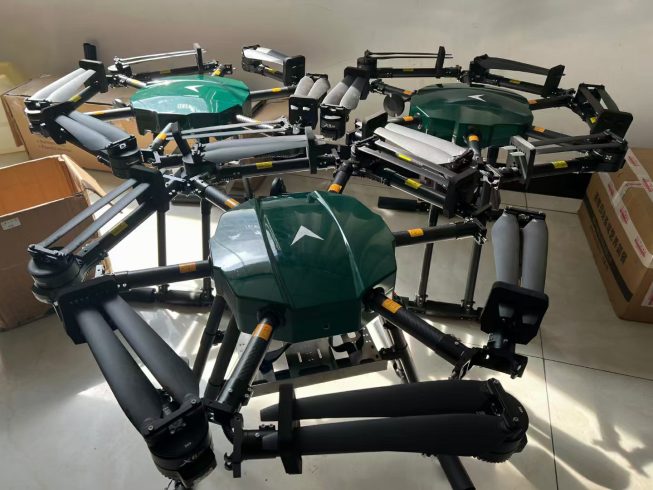
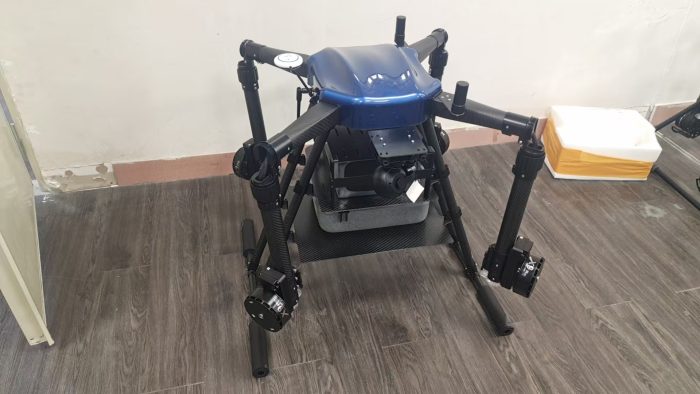

暂无评论内容